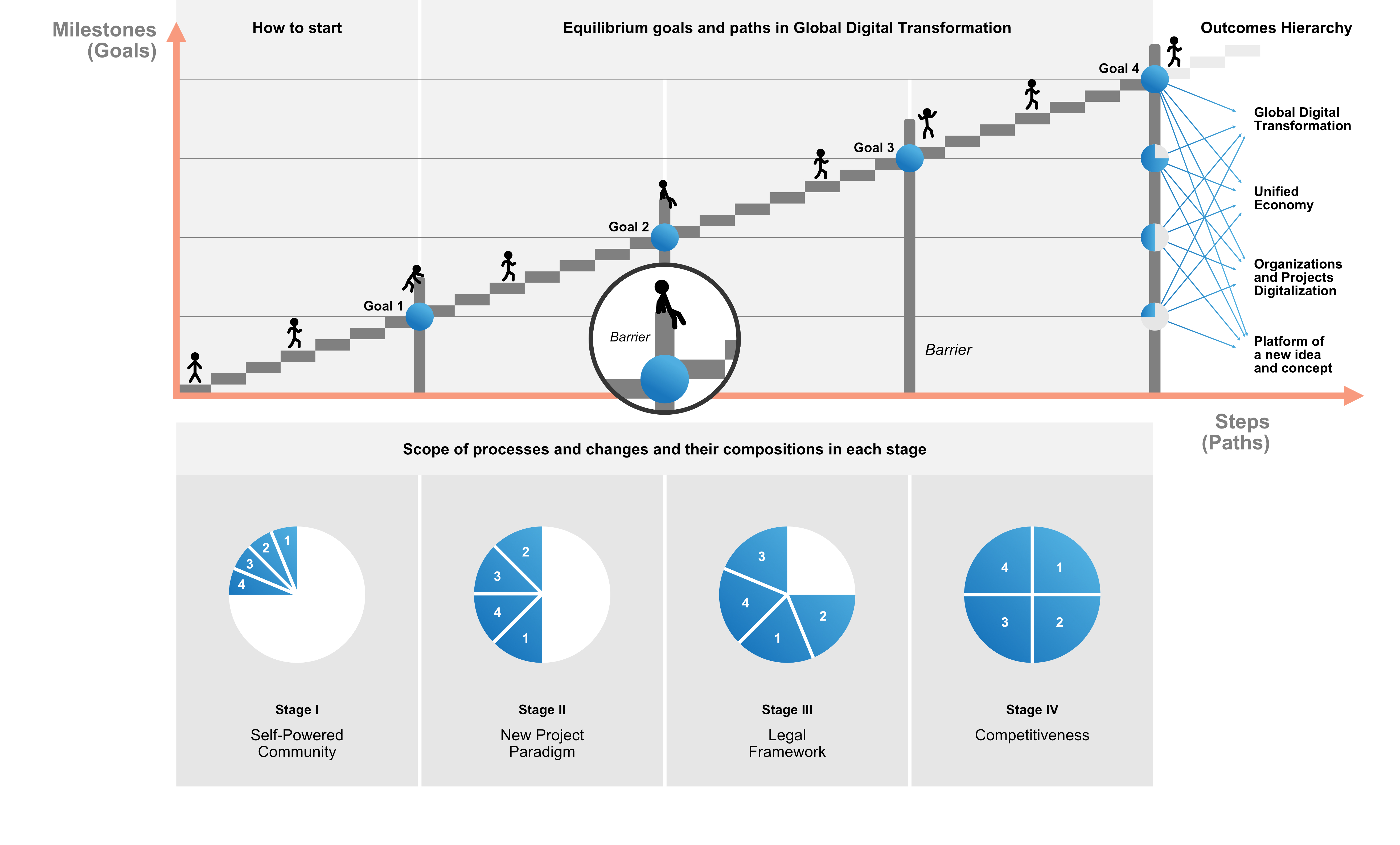Figure C10e.2 Model of algorithms and equilibrium of goals and paths in an object

Figure C10e.2 Model of algorithms and equilibrium of goals and paths in an object
Figure 10e.2 is split into two views on the presented models in the following Figures. The upper view defines space for algorithm processes by a simple diagram with two axes.
The horizontal ax shows a projection of shifts of the path (steps) on a trajectory of the stair model. The stair length is split into four stairs segments (into simple algorithm models), and each has its countable steps (subsegments of simple algorithm models). The vertical ax presents shifts of milestones (work package goals) from one level to the next.
The break-down structure model (as a stair) allows the visualization of the Human on hir/her shifts of goals from the based (start-up) platforms to a specific status of changes (development) of the GDT.
Hierarchy has four levels indicated in Figure C10e.1.
Pairs: Goals - Paths, Milestones - Packages, and Steps - Added value are introduced together with the Barriers for risks identification model of equilibrium of processes from their beginning to their end (balance of the quality and quantity characteristics of operations (functions) in each stage.
The lower part of Figure C10.e2 presents the structure and texture of the diagram agenda (scope of processes and changes and their composition in each stage).
The structure defines which tasks are on the schedule (what is the content of each assignment like Competitiveness, Legal Framework, New Project Paradigm, and Self-Powered Community).
Texture defines the equilibrium building among tasks (their goals and paths) by the rule of balanced growth of gained progress from stage to stage (e.g., by a quartal matrix).
Figure C10e.3a defines the same process in four stages in a different hierarchy.
It introduces a scale (order, hierarchy) of the data matrix chain for operations (their indicators and evaluation) and protocols (barrier and risks assessment).